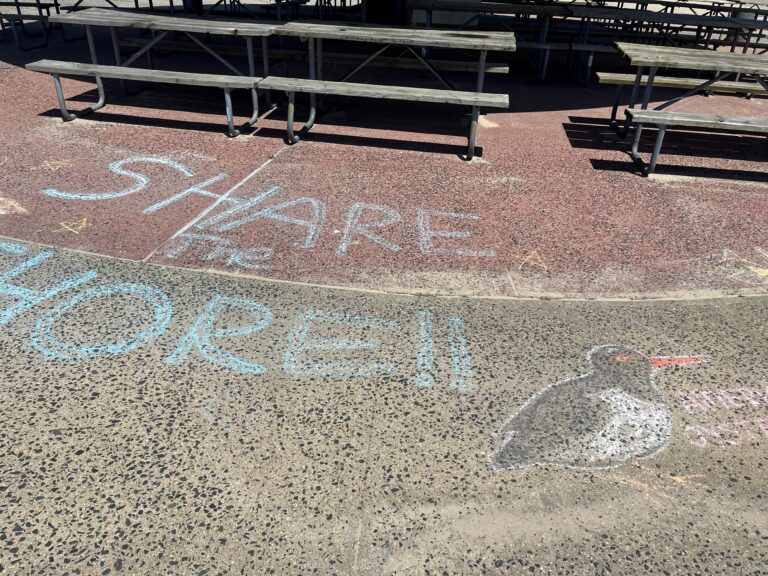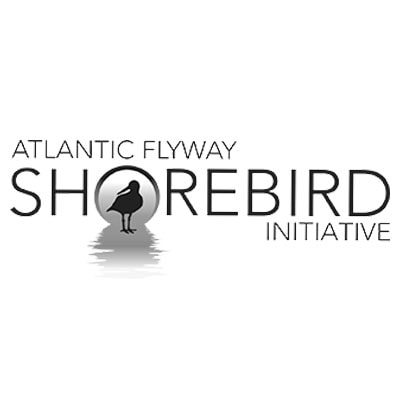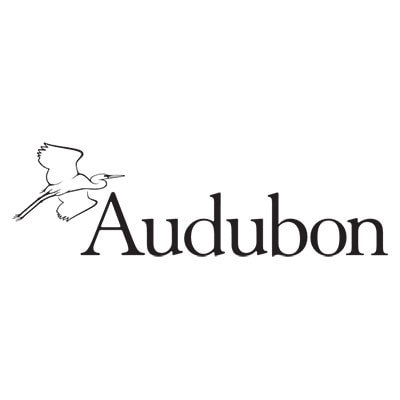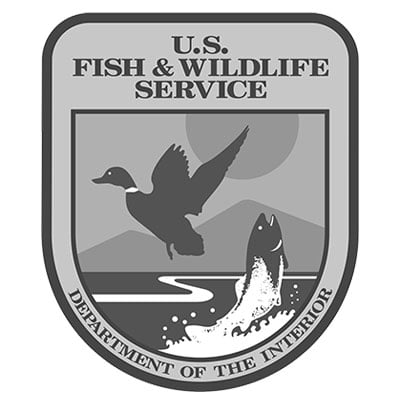Social Norms
Other people have a large and influential role on our own behavior, as we often behave in ways that are consistent with those around us. This is referred to as social norms, which are unspoken rules about what is acceptable to do or say in certain situations. Norms must be noticeable and presented as close to when and where the behavior change will occur. Below, we highlight two types of norms to consider.
Injunctive norms refer to peoples’ attitudes about a behavior and their perceptions of how others should behave or how they feel about a behavior, such as someone expressing that their friends think it is important to leash dogs on the beach all the time. The photo above showcases an injunctive norm, where the smile on the girl’s face shows that walking with your dog on a leash is enjoyable and an acceptable behavior.
Descriptive norms refer to how people perceive others are actually behaving. When it comes to behavior change, descriptive norms should be used with caution and only be used to highlight the positive behaviors that people are engaged in, like the photo above. In the picture, everyone has their dog on a leash to show that this is the norm. If the photo were to show dogs disturbing flocks of birds, then disturbance could be seen as the norm.

Guidelines for Using Social Norms as a Strategy:
- Ensure the norm is visible and noticeable.
- Present the norm as close in time and space to when and where the desired behavior will occur.
- Use norms to encourage people to engage in positive behaviors rather than have them avoid harmful ones.
- Consider whether descriptive norms, injunctive norms, or a combination of the two are warranted to achieve the desired behavior change. If you are using descriptive norms, ensure the highlighted behavior is positive.
- Combine social norms with other behavior change strategies, like social diffusion or communication.
Why is Social Norms a Good Strategy to Use at My Site?
Beach visitors who see people viewing a shorebird flock at the designated viewing area or at a safe distance away fro the birds will be less likely to walk through the flock because they will likely not want to be seen as going against the norm by disturbing shorebirds or the people viewing and photographing the shorebirds.
This is a great strategy to use because it can have broad, long-term effects on community behavior. Since norms are most effective when they are noticeable, this is an ideal strategy for agencies and organizations who have the available resources or a large volunteer base.
Descriptive norms can be problematic if they make an undesirable behavior (like flushing birds) look common. When these behaviors are common, it is better to use injunctive norms. Highlight the behaviors that are approved of.
Social Norms in Action
Wildlife Beaches Have Dogs on Leashes
Comber and Dayer (2021) showed that dog walkers have strong social norms, which are based on the thoughts and opinions of people in their reference group. If fellow dog walkers share norm-based messages about the benefits to leasing with dog walkers who have their dogs off-leash, the norm to leash can be established. To do this, implementers on St. Simons Island passed out leashes to dog walkers showcasing normative messages to demonstrate the injunctive norm that dogs should be on leash to help wildlife thrive. By seeing other dog owners have their dogs on this leash, a descriptive norm will be established to show that people actually do leash their dogs for wildlife.






